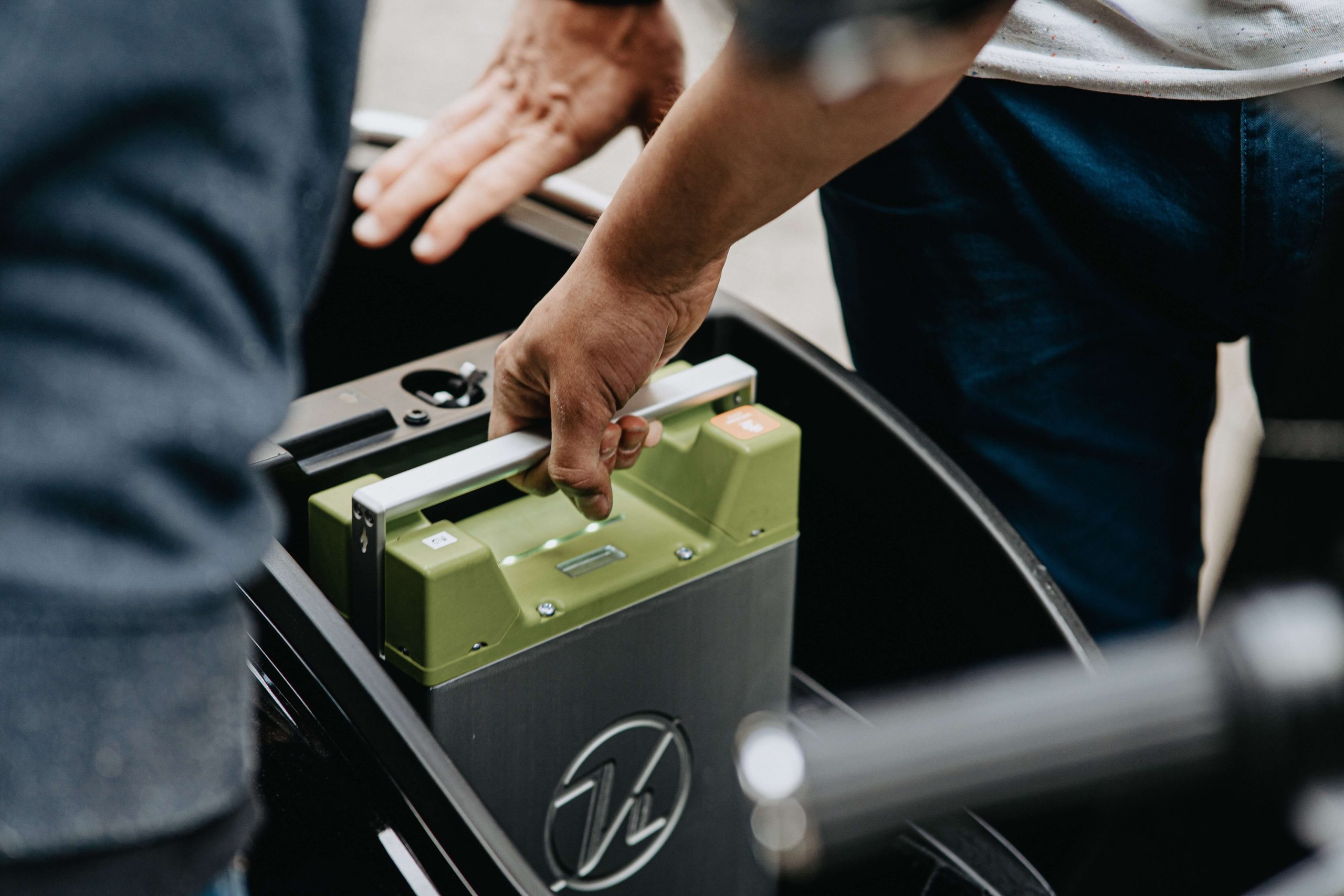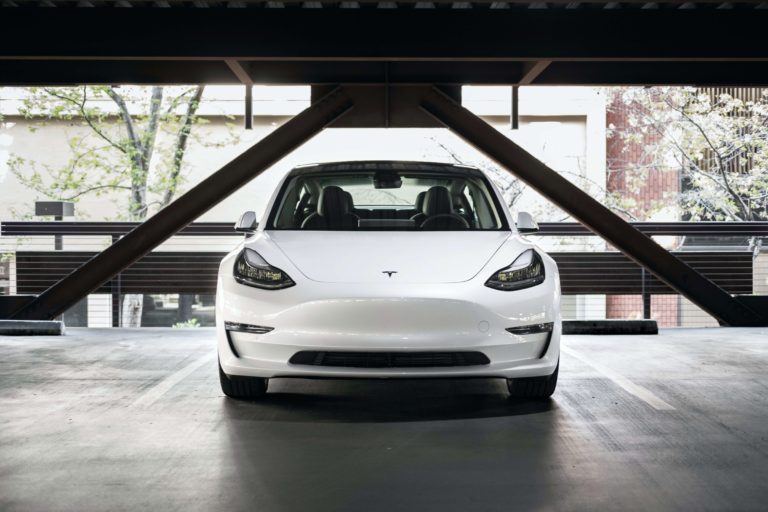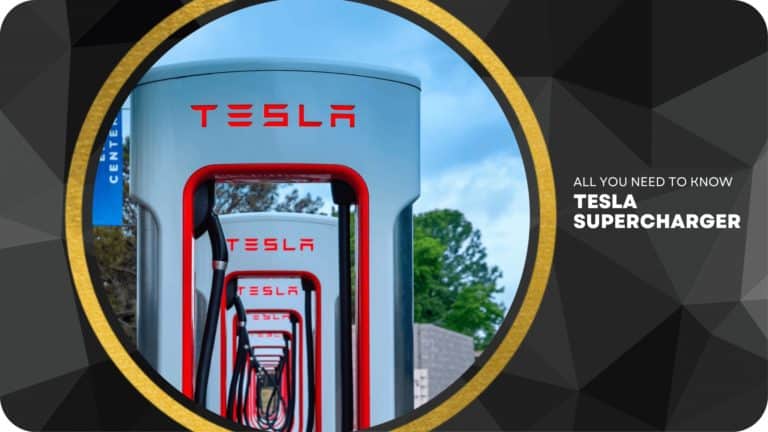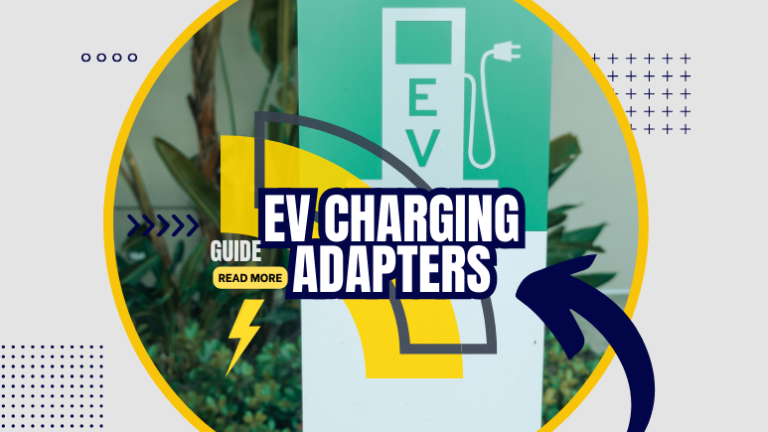Growing popularity of electric cars is for a rising demand for Eco-friendly transportation. Just as we look at a gas powered car’s mileage per gallon, in an EVs we look at the miles/kWh.
One of the most important components of an electric car is the battery. It stores the power for the car and influences its range, charging speed, and performance.
This brief covers the top 5 essential battery specs for electric vehicles.
The size and power of an electric car battery are crucial factors.
The battery’s capacity is how much energy it can store. And energy density is how much energy it can store in relation to its size or weight.
The higher the capacity and energy density, the longer the car can travel on a single charge.
But, higher capacity and energy density also mean higher cost, weight, and size.
Charging speed and infrastructure are also important battery specifications to consider.
Charging speed indicates how fast the battery charges, and infrastructure means accessible charging stations.
Quicker charging and more charging points cut down wait times, making it more convenient for the driver.
Table of Contents
Battery Capacity and Energy Density
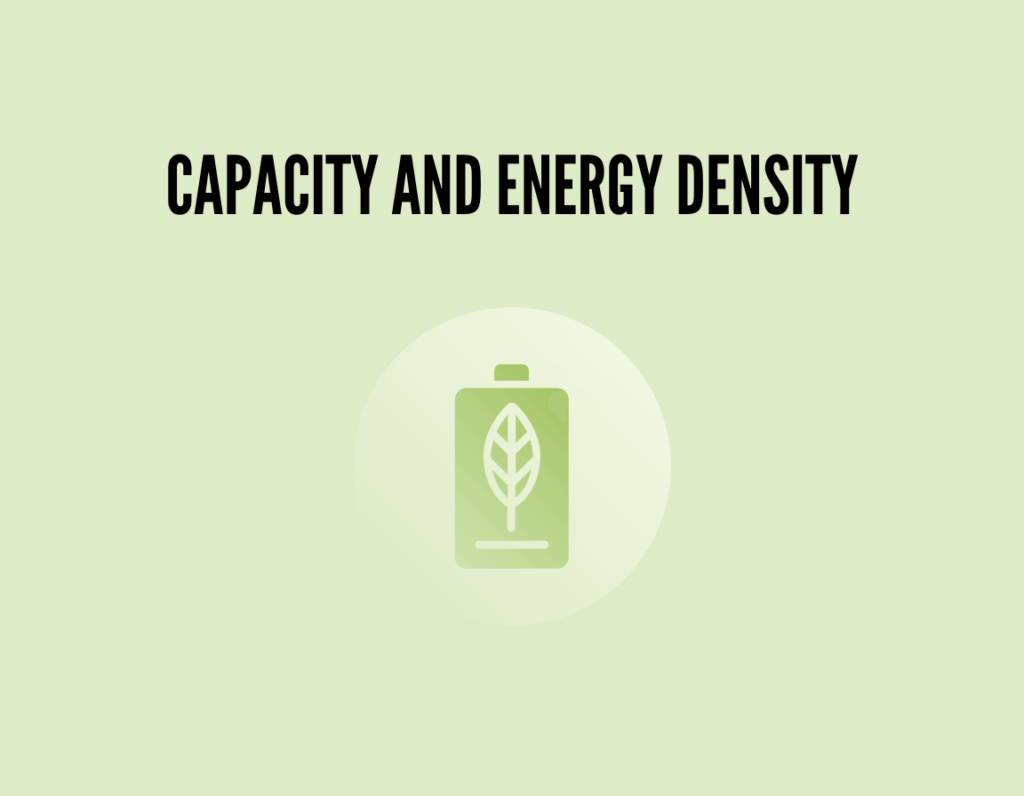
Electric cars use rechargeable batteries to power their electric motors.
The battery’s capacity and energy density are two of the most important specifications that determine the performance of an electric car.
Understanding Kilowatt-Hours
Battery capacity is measured in kilowatt-hours (kWh), which is a measure of the amount of energy the battery can store.
A 1 kWh battery can supply 1 kilowatt (kW) of power for 1 hour, or 2 kW for 30 minutes, or 0.5 kW for 2 hours.
The larger the battery’s capacity, the longer the car can travel on a single charge.
Grasping Energy Density
Energy density is a measure of the amount of energy stored per unit volume or weight of the battery.
A battery with a higher energy density can store more energy in a smaller space or weight.
This means that a car with a higher energy density battery can travel further on a single charge without adding extra weight to the car.
According to a source, the energy density of lithium-ion batteries used in electric cars has almost doubled in the last ten years and could double again by 2030, provided that the major R&D challenges involved are successfully managed.
Charging Speed and Infrastructure
Electric cars are powered by batteries, which require charging to keep the vehicle running.
The charging speed and infrastructure are crucial factors to consider when buying an electric car. Here are some things to keep in mind:
Fast Charging Capabilities
Fast charging, also known as DC fast charging, is the ability to charge an electric car quickly.
This is important for drivers who need to travel long distances and don’t have time to wait for a full charge.
The charging speed is measured in kilowatts (kW) and can range from 50 kW to 350 kW depending on the car model and charging station.
According to TechRadar, the charging speed can affect the battery’s lifespan. Charging at high speeds can generate more heat and cause the battery to degrade faster.
Therefore, it’s important to check the car’s fast charging capabilities and use them only when necessary.
Compatibility with Charging Networks
Electric car owners need access to charging stations to keep their vehicles charged. Therefore, it’s important to check the car’s compatibility with charging networks.
There are different types of charging networks, such as Tesla Superchargers, Electrify America, and ChargePoint.
Some networks are exclusive to certain car models, so it’s important to check which networks are available for the car you’re interested in.
According to the US Department of Transportation, there are three levels of charging: Level 1, Level 2, and DC fast charging.
Level 1 and Level 2 charging use AC power and are slower than DC fast charging. DC fast charging uses DC power and can charge the car up to 80% in 30 minutes.
Not all charging stations offer DC fast charging, so it’s important to check the car’s compatibility with the charging networks in your area.
Battery Life and Degradation
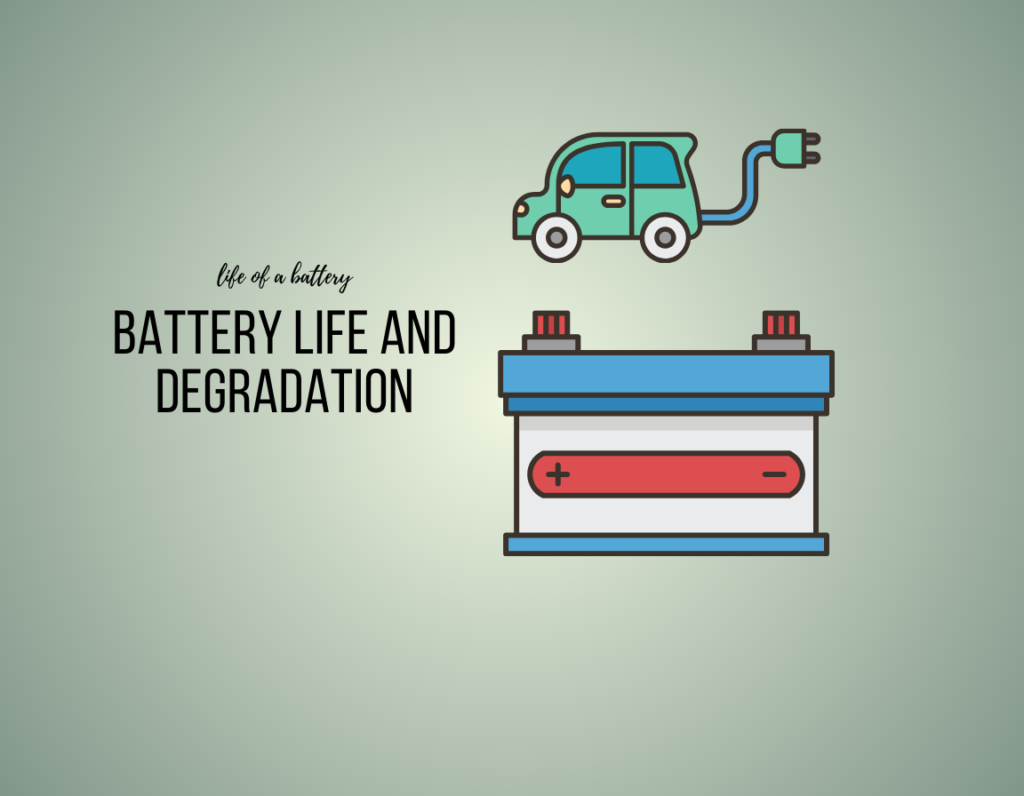
Electric car batteries are one of the most critical components of an electric vehicle.
They are responsible for storing and providing power to the electric motor that drives the car. As such, it is essential to understand the battery life and degradation of an electric car battery.
Cycle Life Expectancy
Cycle life expectancy refers to the number of charge and discharge cycles a battery can undergo before it loses its capacity to hold a charge.
The cycle life of an electric car battery depends on several factors, including the battery chemistry, temperature, charging and discharging rate, and depth of discharge.
According to PCMag, most electric vehicles sold in the US come with at least an 8-year/100,000-mile battery warranty.
However, the actual cycle life of an electric car battery can vary widely depending on the factors mentioned above. For example, a lithium-ion battery can typically last for 500 to 1,000 cycles, while a lead-acid battery can last for up to 1,500 cycles.
The metal used in the battery matters e.g. Lithium-Ion, research is undergoing to use different metals to reduce the weight and size of the battery.
Factors Affecting Longevity
Several factors can affect the longevity of an electric car battery.
One of the most significant factors is temperature.
High temperatures can accelerate the degradation of the battery, while low temperatures can reduce its performance. Therefore, it is essential to keep the battery within the recommended temperature range.
Another critical factor is the charging and discharging rate.
Rapid charging and discharging can cause stress on the battery and reduce its cycle life. It is recommended to use a slow charging rate whenever possible to extend the battery life.
Finally, the depth of discharge can also affect the cycle life of an electric car battery.
A shallow discharge, which means using only a small percentage of the battery’s capacity before recharging, can extend the battery life.
On the other hand, a deep discharge, which means using most of the battery’s capacity before recharging, can reduce the battery life.
Power Output and Performance
Electric cars are known for their impressive power output and performance.
We will now discuss two important battery specifications that contribute to the power and performance of electric cars.
Peak Power Ratings
One of the key battery specifications that determine the power output of an electric car is its peak power rating. This rating refers to the maximum amount of power that the battery can deliver to the electric motor at any given time. The higher the peak power rating, the more powerful the electric car will be.
For example, the Hummer EV boasts a battery strength of 200 kWh, which translates to a peak power rating of 1,000 horsepower. This impressive power output allows the Hummer EV to accelerate from 0 to 60 mph in just 3.5 seconds.
Other examples are Lucid Air which is coming with 118 kWh battery, and Mercedes EQS with a battery of 115 kWh.
Torque Delivery and Acceleration
Another important battery specification that contributes to the performance of electric cars is torque delivery.
Torque is the twisting force that is generated by the electric motor and is responsible for the acceleration of the car. The higher the torque, the faster the car can accelerate.
Electric cars are known for their instant torque delivery, which allows them to accelerate quickly and smoothly.
For example, the Tesla Model S Plaid has a torque rating of 1,050 lb-ft, which allows it to accelerate from 0 to 60 mph in just 1.98 seconds, making it one of the fastest cars in the world.
Safety and Thermal Management
Electric cars use high-capacity lithium-ion batteries, requiring careful management for safety and optimal performance. Design considerations include safety and thermal management.
Thermal Regulation Systems

Thermal regulation systems are designed to maintain the temperature of the battery pack. That too within a safe operating range.
The operating temperature range of an electric vehicle lithium-ion battery is typically between 15-35 °C. The battery thermal management system (BTMS) is responsible for maintaining this temperature range. The BTMS uses liquid cooling or air cooling to maintain the temperature of the battery pack.
According to a recent study, the internal heat generation due to charging and discharging affects the performance of the lithium-ion batteries. Hence, a battery thermal management system is required.
The BTMS also helps to improve the battery’s lifespan and performance by preventing thermal runaway, which can cause the battery to overheat and catch fire.
Safety Standards and Certifications
Safety standards and certifications are important for ensuring the safety of electric car batteries.
The National Highway Traffic Safety Administration (NHTSA) has established its Battery Safety Initiative for Electric Vehicles to coordinate research and other activities to address safety risks relating to batteries in electric vehicles.
The initiative includes data collection activities to collect and analyze data related to electric vehicle battery safety.
In addition to the NHTSA, there are other organizations that provide safety standards and certifications for electric car batteries.
For example, the International Electrotechnical Commission (IEC) has established safety standards for the design and testing of lithium-ion batteries used in electric cars. The Underwriters Laboratories (UL) also provides safety certifications for electric car batteries.
Electric car manufacturers need to comply with these safety standards and certifications to ensure the safety of their products.
Compliance with safety standards and certifications also helps to build trust among consumers and promotes the adoption of electric cars.

